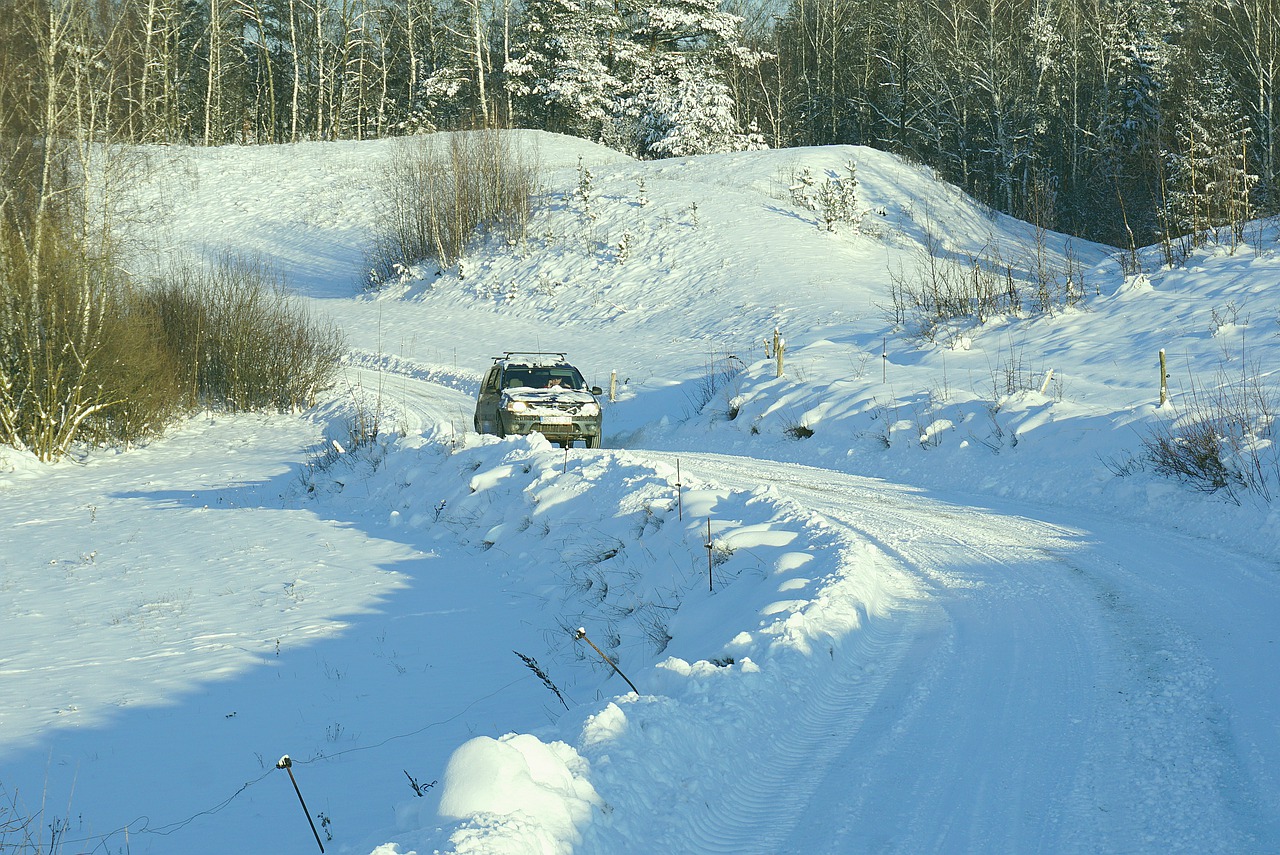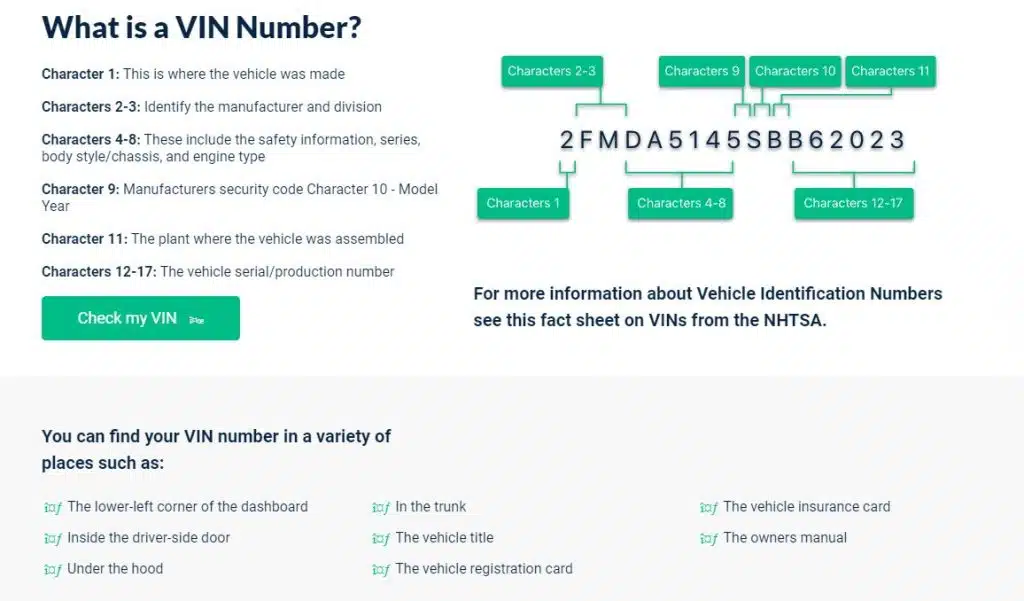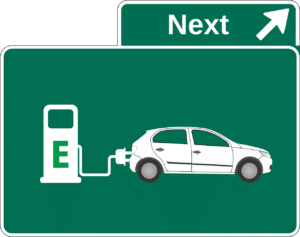When you are looking for a new vehicle, one of the things that you will consider is it’s drive system. Most vehicles are two wheel drive, meaning the power to move the vehicle is directed to only one axle. However, you will also commonly encounter vehicles that have all-wheel drive (AWD) and four-wheel drive (4WD or 4×4).
What Is All Wheel Drive?
All-wheel drive is a drive system that automatically sends power to all four tires under certain driving conditions. These systems are great for having more starting traction in bad weather or on slippery pavement.
AWD is available in full-time or part-time settings. A full-time setting means that the car was manufactured to run with the all wheel drive working at all times. You really cannot tell the difference in driving, but you will have reduced gas mileage in this setting.
Part-time AWD is just that, part-time. The system automatically engages when the tires sense there is a change in driving conditions. Once the driving conditions return to normal, the AWD will go back into hibernation and allow the vehicle to operate as two wheel drive.
It is important to understand that AWD only gives the vehicle more acceleration power in poor road conditions. It does not give the vehicle more traction or provide more safety.

What Is Four-Wheel Drive?
Four-wheel drive is a similar system to AWD drive in that it delivers power to all four wheels of the vehicle. However, 4WD is a much stronger system that provides the power a vehicle needs to get over rough terrain. Because of its ability to move over this type of terrain, four-wheel drive is a system preferred by people who frequently go off-road.
Like all-wheel drive, four-wheel drive is available as a part or full-time setting. Some of the full-time settings will allow you to select how to divert the power to the axles. Part-time systems usually require that you turn the system on when you need the extra power. Part-time systems generally operate as two-wheel drive systems unless the four wheel drive is activated.
4WD has a lot more power than AWD. Additionally, vehicles with 4WD have better towing power because you can engage the system and get better traction and acceleration when you are towing.
The main drawback to 4WD is that the system is not fuel efficient. You will burn more fuel when you operate this vehicle, especially if you have a full-time system.
Which System Is Better For Snow and Ice?
Unless you live in an area that experiences extreme snow and ice weather, you can manage regular winter driving with AWD. Having this type of drive system will give you a little more confidence to get around in inclement weather.
However, extreme winter weather conditions may require 4WD. If you experience large amounts of snow or heavy ice in your area, you may want the power of a 4WD to get you through the winter months.
What Types of Vehicles Have These Drives?
In most cases, AWD is found in cars and smaller passenger vehicles. Some light trucks may offer AWD. Trucks, especially heavy-duty trucks, most often have 4WD. Some SUVs and light trucks may also have this drive as an option. There are a few passenger vehicles that have 4WD as an option.
Things To Look At Before Purchasing A Vehicle
When you are out shopping for a vehicle, finding out what type of drive it has is only one of the important things you must know before making the purchase. The drive system in a car can make a difference in how you get around during bad weather, off-road, or in slick conditions. The drive system will also have a significant impact on your fuel efficiency.
If you are purchasing a used vehicle, you will also want to know as much about the vehicle history as possible. The more you know about the vehicle, the easier it is to make an informed decision about purchasing.
When Purchasing A Vehicle
Always remember to run a VINsmart report on any used vehicle before making purchase. A VINsmart report runs a complete history on the vehicle including whether it has ever been reported as stolen, involved in a major accident, or listed as a totaled vehicle.
VINsmart reports will also give you a history of registration and mileage at registration. It reports any significant incidents related to the vehicle, such as being involved in a fire or flood.
When you are going to purchase a used vehicle, the best way to ensure you are making a good purchase is to know the vehicle’s complete history.






